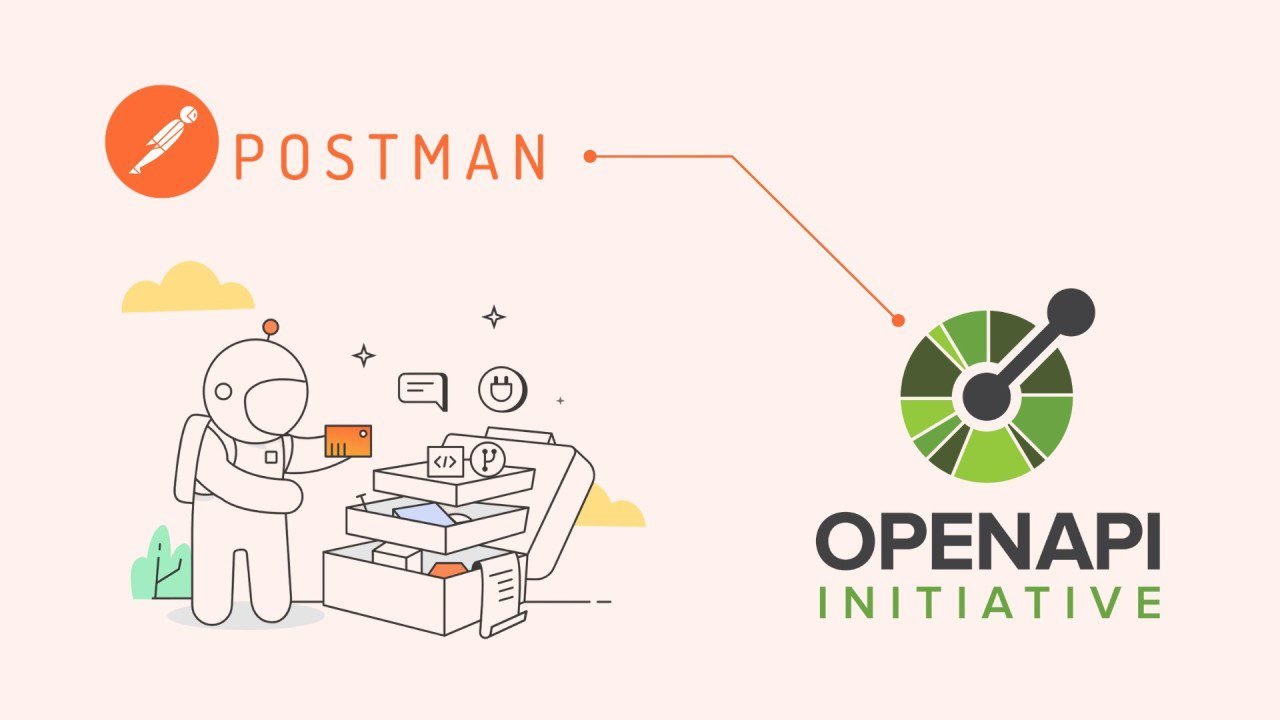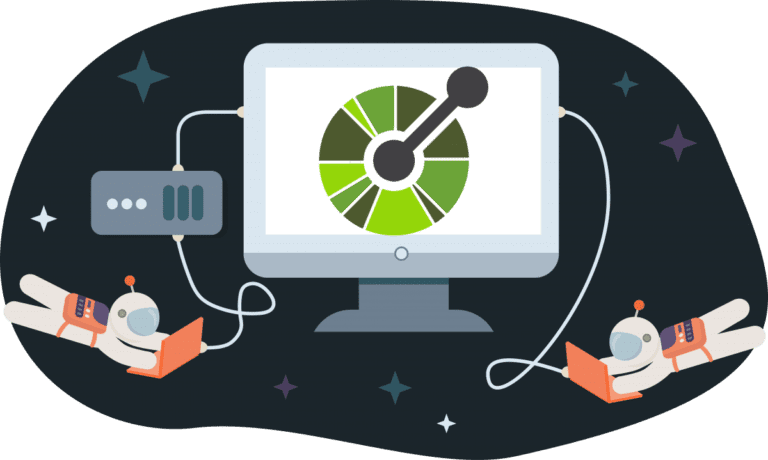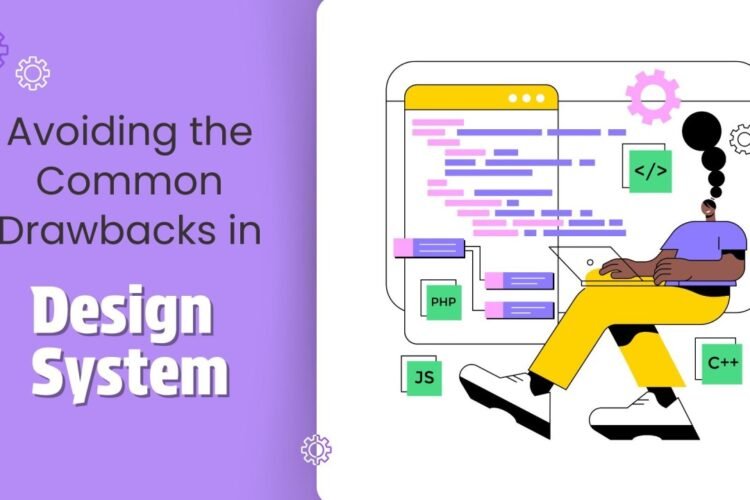
Modern applications heavily rely on APIs, which predate many software applications. APIs facilitate communication between various software systems. It is crucial for developers to design, document, and test APIs using powerful tools and standards that simplify these activities. OpenAPI is positioned as the industry standard for API architecture design and specification, while Postman Collections serves as an intuitive testing and collaboration environment. The purpose of this article is to explain how OpenAPI can be used in conjunction with Postman Collections to enhance the workflow of API development processes.
Postman Collections
A defining feature of Postman is the ability for developers to combine multiple API calls into a single organized set referred to as a Collection. This not only aids in collaboration among teammates but also helps store and reuse API calls, saving valuable time. Like any other tool, collections have multiple uses, including documentation, running tests, and even creating pre-request scripts. Some collections can also be set up to create mock servers, allowing APIs to be invoked and tested for designed functionality.

Postman Collections offer many features that facilitate API development and testing. They support simple API export and import, making the transferring of requests easier and faster. Developers can manage requests by sorting them into folders and collections. More sophisticated functionalities enable the sharing of data between API calls. Testing activities are also made easier by enabling requests at the individual, folder, or entire collection level. Additionally, Postman allows users to name and describe requests, folders, and collections, improving API documentation and usability. It also aids in the creation of robust test suites with built-in test scripts and efficient use of collections by controlling variables at the collection level.
Real-world Example:
A fintech company uses Postman Collections to automate API testing for its payment gateway. By setting up test cases for different payment scenarios, the team ensures that transactions work seamlessly before pushing updates to production.
OpenAPI
OpenAPI provides a standardized way to communicate at each stage of the API lifecycle. It is a specification language for HTTP APIs, regardless of the programming language used to implement the API. It defines the grammar and structure of an API. Since API specifications are usually defined in JSON or YAML, sharing and consuming them is straightforward.
OpenAPI allows developers to understand how an API works quickly. Without worrying about service limitations, the capabilities of services are easily identifiable due to its language-neutral nature. OpenAPI can also be used for client code generation and infrastructure definition.

A common source of confusion is the difference between Swagger and OpenAPI. Initially, Swagger referred to a collection of tools developed by SmartBear for designing, developing, and documenting RESTful APIs. The Swagger Specification was at the core of defining APIs. However, in 2015, SmartBear contributed the Swagger Specification to the Linux Foundation, renaming it the OpenAPI Specification (OAS). This shift helped increase adoption and collaboration by defining OpenAPI as a vendor-neutral industry standard for documenting RESTful APIs
Real-world Example
A SaaS company uses OpenAPI to generate API client libraries automatically in multiple programming languages, reducing development time for third-party integrations. By providing a well-structured OpenAPI specification, they ensure that external developers can quickly adopt their APIs.
Interrelation of Postman Collections and OpenAPI
Although they appear different at first glance, OpenAPI and Postman Collections are closely related tools in API development and work together effectively. Both play essential roles throughout the API process, from development and usage to documentation. Think of OpenAPI as a detailed plan—like an architect’s blueprint—that outlines all of an API’s functions in a format understandable by computers. Postman Collections, on the other hand, act as a practical guide for users, demonstrating how to use API functions and allowing users to test them. Postman Collections make OpenAPI documentation interactive and practical by providing examples and real-world scenarios. In turn, OpenAPI provides the necessary structured foundation.
They also complement each other in testing. Postman Collections enable testing of live APIs by sending requests and verifying responses to confirm proper functionality. OpenAPI helps build APIs correctly from the beginning by ensuring structural integrity. Furthermore, the ability to easily share API definitions using both OpenAPI and Postman Collections enhances teamwork and makes collaboration more effective.
Use Cases & Best Practices
- API Testing: Perform functional, performance, and security testing. Automate execution and generate detailed reports.
- API Mocking: Simulate responses using Postman mock servers to enable parallel development and early validation.
- API Workflows: Orchestrate complex workflows by chaining API requests. Automate business processes and system integration.
- API Design & Development: Use OpenAPI to design APIs and generate Postman Collections for rapid prototyping and collaboration.
- API Collaboration: Share collections with teams and use environments to manage variables across development stages.
- API Contract Testing: Validate API responses against OpenAPI schemas to ensure compliance.
- Establish OpenAPI as the Source of Truth: Maintain an accurate OpenAPI Specification (OAS) as the single source of truth.
- Automate Collection Generation: Use Postman’s import function to keep collections synchronized with the latest OAS.
- Apply Robust Testing: Build comprehensive test suites within Postman, covering contract, integration, and performance tests.
- Maintain Synchronization: Regularly sync Postman Collections with OAS and use version control to track changes and ensure consistency.
Conclusion
Maximizing the potential of APIs requires leveraging Postman Collections for real-world testing and OpenAPI as the single source of truth. This approach ensures APIs remain reliable, adaptable, and efficient throughout their lifecycle while also fostering collaboration.
Rather than focusing on a single API or one phase of its lifecycle, understanding the differences and connections between these specifications provides a broader perspective. It helps developers see how an API fits into a larger ecosystem of interconnected services. OpenAPI promotes a definition-driven methodology and offers collaborative development, multilingual support, and extensive API documentation. Postman, on the other hand, focuses on request-based testing and offers flexibility and user-friendliness during API development. When combined, they provide a comprehensive framework for creating, evaluating, and maintaining high-quality APIs.
By integrating OpenAPI and Postman Collections, teams can create well-documented, thoroughly tested, and highly functional APIs that enhance development efficiency and ensure robust software solutions.
References
- https://www.geeksforgeeks.org/what-are-collections-in-postman-and-how-to-use-them/
- https://www.openapis.org/what-is-openapi
- https://document360.com/blog/open-api/
- https://www.youtube.com/watch?v=pRS9LRBgjYg
- https://www.youtube.com/watch?v=gD9EC1fOCu4
- https://www.getambassador.io/blog/openapi-specification-structure-best-practices
- https://stackshare.io/stackups/open-api-vs-postman
Related Posts
A s a developer with more than two years of experience working on design...
Introduction I n today’s fast-paced digital marketplace, a seamless user experience (UX) is the...


